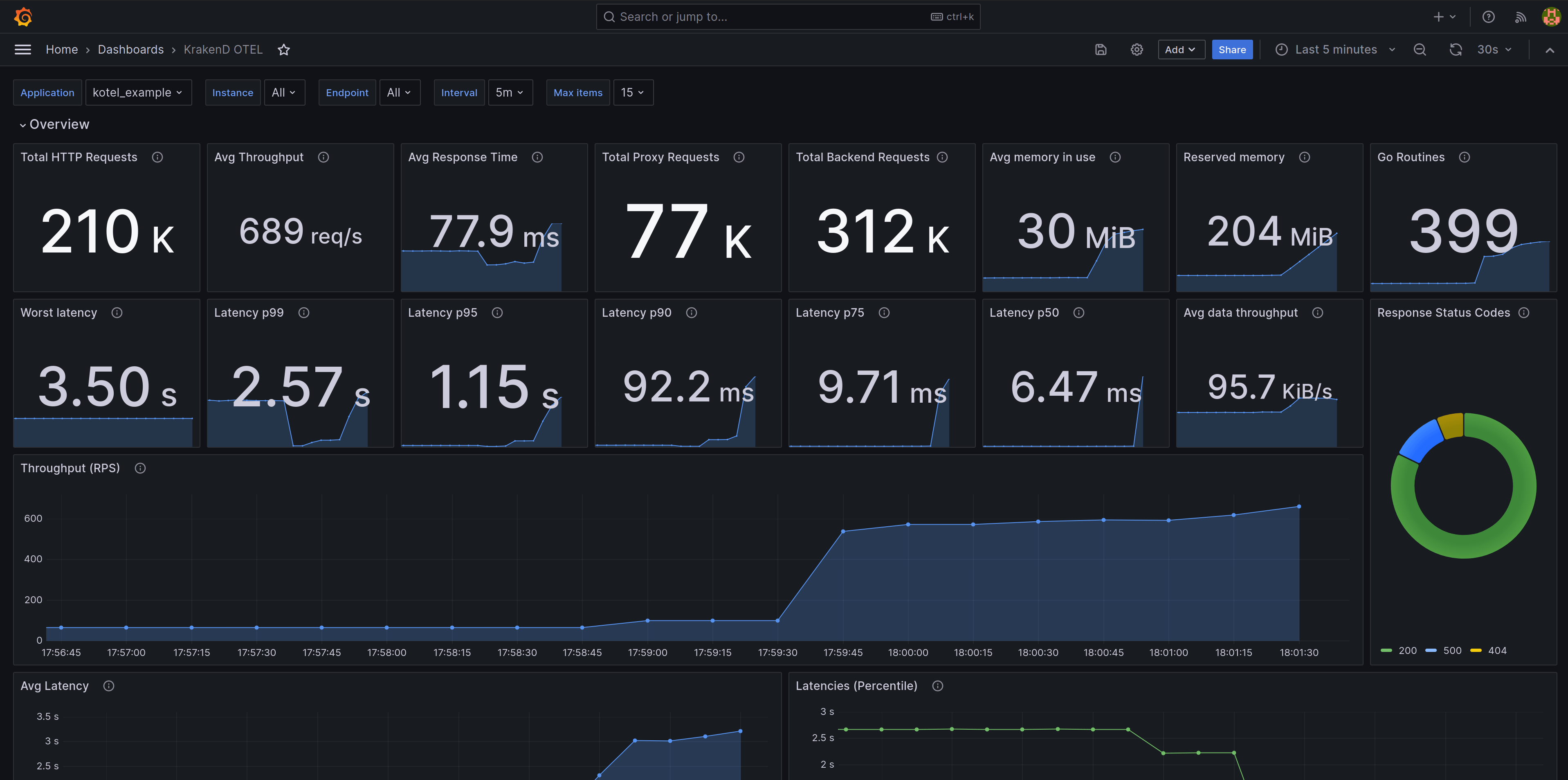KrakenD was created because existing API gateways fail when you need them most. You know the story: Kong crashes under load, AWS API Gateway charges you for breathing, and everything else requires a PhD in YAML to configure. KrakenD's creators got tired of babysitting finicky gateways and built something that actually works.
Stateless Architecture That Actually Means Something
Most "stateless" gateways still need Redis clusters, database connections, or magical configuration synchronization across nodes. KrakenD is genuinely stateless - no external dependencies, no coordination between instances, no shared state headaches. You can kill half your instances without anyone noticing. Try that with Kong. The official architecture documentation explains this in detail, and you can see the execution flow diagrams that show how requests are processed without any shared state.
This isn't theoretical. Hepsiburada runs 800+ KrakenD containers across multiple data centers handling millions of requests daily. We had Kong crash at 2 AM during their biggest sale because it couldn't handle the traffic spike. KrakenD just kept running. When containers die, traffic flows to others. No failover complexity, no master-slave nonsense.
Real Performance Numbers (Not Marketing BS)
While competitors throw around vague "high performance" claims, KrakenD provides actual benchmarks. Independent testing from the IEEE Symposium on Computers and Communications and third-party performance comparisons show KrakenD consistently outperforming Kong, Tyk, and other "enterprise" solutions. Medium has tons of articles comparing these if you want more data. Check out detailed benchmarking results and AWS-specific performance tests for specific numbers.
On a basic AWS EC2 instance, KrakenD consistently hits 70,000+ requests per second in our testing. Kong struggles to hit 15,000-20,000 depending on your setup. Not even close. In production, this means way fewer servers and systems that don't shit the bed when you get featured on Reddit.
Configuration That Doesn't Make You Cry
Ever tried configuring Kong? You need plugins for plugins, database migrations, and three different admin APIs just to add a fucking rate limit. I've spent entire weekends debugging Kong's plugin interactions. KrakenD uses a single JSON configuration file. That's it. No database, no complex UI that breaks in Firefox, just a config file you version control like everything else.
{
\"version\": 3,
\"endpoints\": [{
\"endpoint\": \"/users/{id}\",
\"backend\": [{
\"url_pattern\": \"/user/{id}\",
\"host\": [\"http://user-service:8080\"]
}]
}]
}
Want to add authentication? Add one block. Rate limiting? One more block. Circuit breakers? Another block. No plugins to install, no external dependencies to manage. Check the configuration structure documentation and flexible configuration guide to see how simple this really is. The configuration designer even provides a GUI if you prefer point-and-click.



